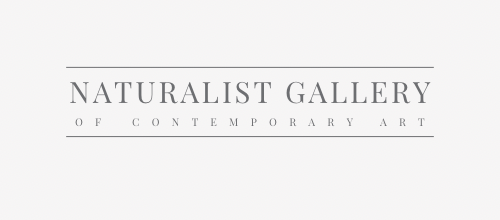The relationship between art and political unrest has been profound and multidimensional, influencing various art movements throughout history.
Political unrest has historically sparked new art movements, like Neoclassicism from the French Revolution and Constructivism post-Russian Revolution, reflecting societal shifts and promoting revolutionary ideals through visual expression.
Artists have often responded to social, economic, and political upheavals by creating works that reflect, critique, or oppose the status quo, giving rise to new artistic trends and movements.
Explore our curated selection of contemporary artists from around the globe.
Naturalist Gallery offers artist representation internationally. Apply your art.
Artistic Responses to Political Unrest
-
French Revolution (Late 18th Century):
- Impact: The French Revolution catalyzed a shift towards Neoclassicism, which was seen as embodying the Enlightenment values of reason and democracy. Artists like Jacques-Louis David became instrumental in portraying revolutionary ideals.
-
Key Works: "The Death of Marat" by Jacques-Louis David, which depicts the murdered revolutionary leader Jean-Paul Marat, became an icon of the revolution’s tragic complexity.
-
Russian Revolution (1917):
- Impact: The upheaval of the Russian Revolution brought about Constructivism and Suprematism, movements that rejected "bourgeois" art in favor of art as a practice for social purposes.
-
Key Works: Kazimir Malevich's "Black Square" and Vladimir Tatlin's "Monument to the Third International" are pivotal in representing the abstract and utilitarian ethos of these movements.
-
Civil Rights Movement (1950s-1960s USA):
- Impact: This period saw a surge in socially engaged art aimed at promoting civil rights and protesting against racial injustice. The rise of African American artists and the Black Arts Movement were crucial during this era.
-
Key Works: Norman Rockwell’s "The Problem We All Live With" powerfully depicted Ruby Bridges, a black child, being escorted to a previously all-white school.
-
1968 Global Protests:

Venus of the Rags (1967) Michelangelo Pistoletto- Impact: The worldwide protests of 1968, which challenged political authority and conservative norms, influenced movements like Arte Povera in Italy, which sought to disrupt the commercialized art scene with "poor" materials.
-
Key Works: Michelangelo Pistoletto's "Venus of the Rags" juxtaposes classical beauty with discarded clothing, highlighting societal excess and waste.
-
Fall of the Berlin Wall (1989):
- Impact: The end of the Cold War and the fall of the Berlin Wall ushered in an era of postmodernism, where artists explored the newly accessible themes of globalization, identity, and consumerism.
- Key Works: Gerhard Richter's "October 18, 1977" series of oil paintings reflects the ambivalence and complexity of German history post-reunification.
Learn more About Naturalist Gallery of Contemporary Art.
You may also find the following articles helpful:
The 14 Essential Artists of Impressionism
Expressionism: 20 Iconic Paintings & Their Artists
Renaissance Art: Origins, Influences, and Key Figures
Classical Art Movement: Exploring the History, Artists, and Artworks
Figurative Art: Understanding, Collecting, and Appreciating the Style
Daily Routines of Famous Artists: Learn from the Masters
Top 12 Controversial Artworks That Changed Art History







